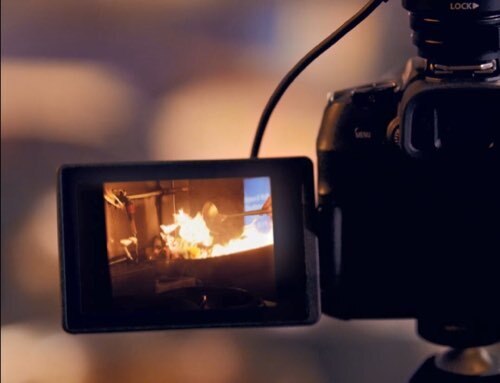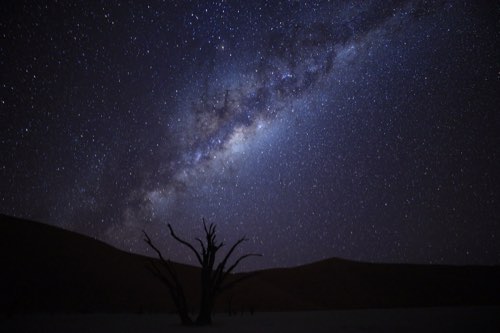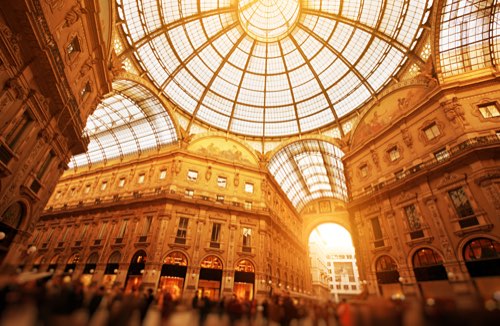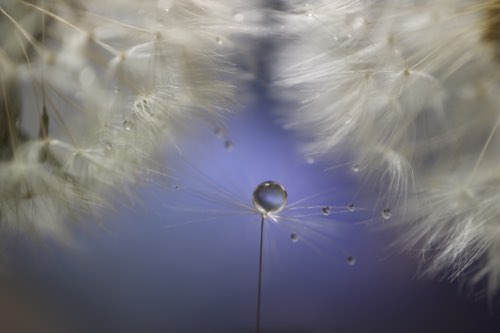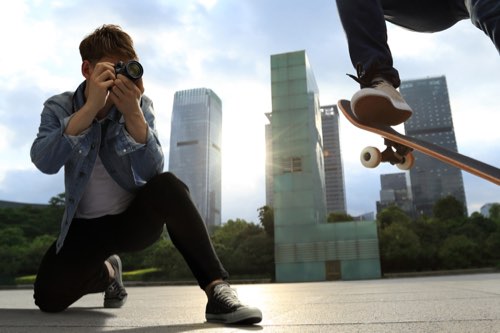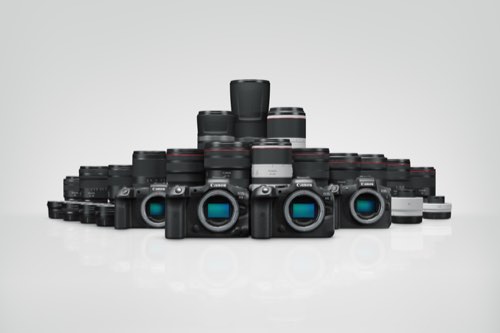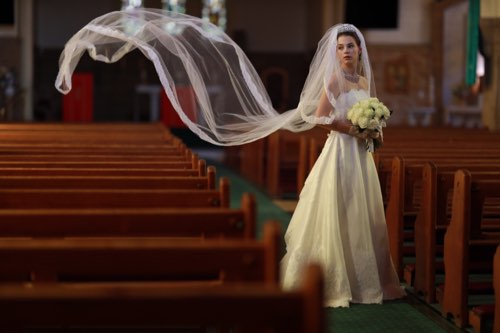Known for his stunning “train landscape” shots, where trains and scenic landscapes are captured together in a way that viewers can’t help but be drawn to both, railway photographer Hirokazu Nagane shares some tips on how he achieved this one with the EOS R. (Reported by: Hirokazu Nagane, Digital Camera Magazine)

EOS R/ RF24-105mm f/4L IS USM/ FL: 98mm/ Manual exposure (f/11, 1/640 sec, EV±0)/ ISO 800/ WB: Daylight
Line: JR Yonesaka Line (Runs between Yamagata and Niigata Prefectures, Northeastern Japan)
The basics of train landscape photography
Unlike ordinary railway photography, one of the basics of train landscape photography is to close in on the most beautiful part of the scene—not take a closeup of the train. Thus, I always choose the exposure settings that work best for natural landscape. The train is my second priority.
But as this is also a form of railway photography, it is important that the train draws sufficient attention, too. Striking this balance is probably one of the most challenging aspects of this genre of photography.
What makes this shot work: The lighting
This was shot in backlight, which not only gives the scene more depth but also makes parts of it seem to sparkle. As a result, the autumn leaves look richer and more vibrant.
The backlit conditions have caused some crushed blacks at the front of the train, but this is barely noticeable. The train’s headlights and its roof, sparkling in the sun, are enough to command our attention.
3 techniques to nail the shot
1. EVF display: Change it so that all the icons are outside the image preview
By default, the EVF shows Display 1, a full-screen preview where the shooting icons are overlaid on the preview image. I use Display 2, which puts the icons on the outside, so that I get a good view of my subject all the way to the edges.

Display 1

Display 2
To change the display format, go to “VF display format” in the SET UP menu.
2. Focusing: Turn off automatic lens retraction on power off
When you shoot train landscapes, there is inevitably a lot of waiting. My workflow usually goes like this:
Step 1: Decide on the framing.
Step 2: Find the spot to focus on, and then pre-focus. Make sure you are using back-button AF, if not, the focus will change when you half-press the shutter button.
Step 3: Power off the camera until the train approaches.
However, under the default settings, when you turn off the camera, regardless of whether it is an EF lens or an RF lens, the focus will be reset to infinity, causing you to lose the focus position you carefully set in Step 2.
To ensure that this does not happen, turn off the “Retract lens on power off” function.

By default, powering off the camera will automatically reset the focus position on the EF/RF lens: Notice how the depth-of-field scale moves to “∞”.

Prevent this by setting “Retract lens on power off” to “Off”.
3. Composition: Separate the frame into 4 sections, and place the train in 1 of them
Other photographers may have different ideas, but my theory is that if you divide the entire scene into quarters and put the train in one of them, the train will have a better presence in the shot.
In framing the shot, I try not to show too much of the scene. This leaves viewers with the best possible impression of the scenery.
The image below shows a wider view of the scene in the main image. I chose to close in on section C.

A: Left this part out of the frame after considering the placement of the train tracks.
B: Left the mountain ridges out too. Leaving them in would tell viewers too much about the actual scale of the landscape.
C: This is the part of the scene that I decided to capture in the shot. I divided the frame into 4 sections and placed the train in one of them.
For more composition tips, go to:
Professional Composition Techniques (1): Visual Guidance, Unexpectedness, and Subtraction
Two useful features for train photography
1. EVF
I prefer looking through the viewfinder to photograph trains as I feel that it lets me concentrate better on catching the train in motion. In ever-changing lighting conditions, having an EVF is a major advantage as I can see what the final shot looks like without having to glance away to check the Live View preview.
2. Large AF area
In train photography, we usually set our focus point on the corners of the image frame. It helps to have a large AF area. On the EOS R, the AF area covers almost the entire image frame (88% horizontally × 100% vertically), not just in Live View but also during EVF shooting, which makes achieving focus very easy.
Did you know that using a video tripod head can help you shoot panning shots of trains? Find out more in:
Professional Tips for Shooting with a Tripod
For more tips on photographing trains, check out:
How to Capture an Impressive Shot of a Moving Train with Continuous Shooting
Railroads – Composition and Camera Features to Capture Impressive Moments
How to Enhance your Railway Photos
Learn more about EOS R functions and how to use them in:
Sights of Switzerland: 5 Ways to Make the Most of the EOS R
Astrophotography Techniques to Try with the EOS R
6 Useful EOS R Features for Photographing Mountains with Clouds
Receive the latest update on photography news, tips and tricks.
Be part of the SNAPSHOT Community.
Sign Up Now!About the Author
A monthly magazine that believes that enjoyment of photography will increase the more one learns about camera functions. It delivers news on the latest cameras and features and regularly introduces various photography techniques.
Published by Impress Corporation
Born in Yokohama in 1974. After graduating from the Musashi Institute of Technology (Currently referred to as ‘Tokyo City University’), he studied under railway photographer Mitsuhide Mashima, who is the CEO of Mashima Railway Pictures. In recent years, he was involved in explaining railway photography techniques in photography magazines, and writing railway photography guides. He goes round Japan taking photos of trains while upholding the motto of “taking photos so true to life that you can hear the sound of the train just by looking at the photos”.








